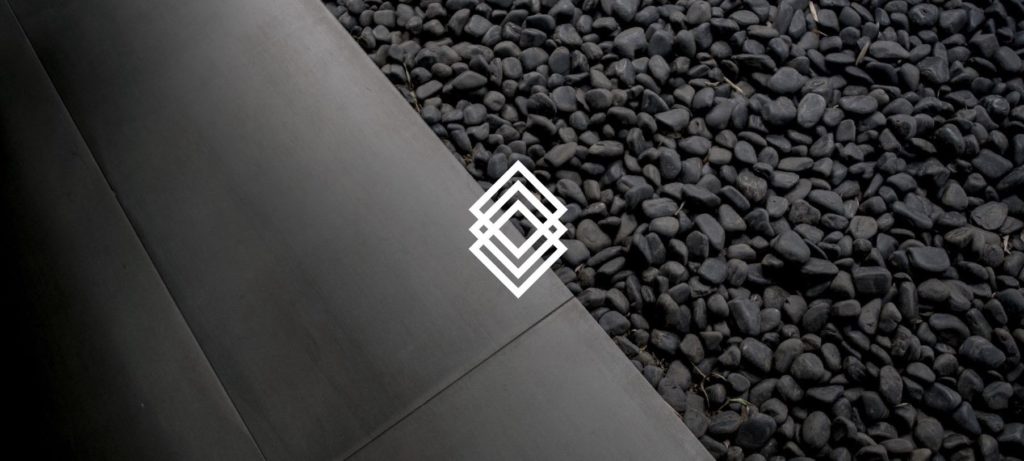Decentralized governance is gaining prominence as the ideal management of emerging technological practices. This is as a result of the system’s capacity to handle the inherent challenges presented by growing technological advancements and innovations around the globe. Unlike in the previous eras, today the complexities associated with emerging companies require matching systems to succeed.
Moving beyond the internet
The most advanced organization thus far, the Internet, opened the door for real-time information exchange at a worldwide scale, but it lacks the economic means for general-purpose coordination and global peer-production. Springing off the internet, most blockchain companies start out with very large entities, both in terms of assets and community membership. Typical examples are seen in the numerous ICOs that have come into existence, where millions of tokens are sold or distributed across several thousand participants that may be scattered across different parts of the globe.
The above described scenario is an exponential leap from what used to be obtainable, where company bureaucracies are managed from central points. Therefore, paramount among other issues that need to be resolved immediate is scalability. In other to catch up with the increasing pace of technological development, scalable governance protocols must be employed.
A decentralized governance operating system
Decentralized Autonomous Organization (DAO) is a governance system that was instantiated by Ethereum smart contracts and serves as an ideal protocol in providing scalable solutions for today’s collaborative societies. DAOs permit creators to jointly function on the same platform without limitations, producing decentralized applications (dApps), while distributing individual ownership in the product to contributors of value.
Beyond its original state, the DAO concept is becoming more and more improved in other to address certain associated limitations. With the creation of more open resources, the DAO will be able to scale indefinitely while keeping its agility and coherence, and in many cases outcompete existing corporate structures.
By the creation of DAOstack, a DAO operating system, critical elements are brought together unto the same platform to enable successful deployment and deliver an adequate decentralized governance system. One of such elements that is implemented by DAOstack it the Arc Framework.
Making governance infinitely scalable
The Arc is an evolutionary framework for scalable governance whose properties make it possible for DAOstack to sustain the enormous capacities on present day innovations. Arc properties that improves the efficiency and scalability of this governance system hover around certain features, which includes the following:
Based on its adaptive nature, Arc supports an infinite number of governance elements. Its library of schemes and global constraints will evolve as the DAOstack ecosystem grows, with new templates and modules developed and added by the open-source development community and third parties.
Its modular structure implies that every DAO’s governance structure is made of small building blocks, which are governance modules, or elements that can easily be added, combined, edited or removed. Modules do not need to be redeployed onto the blockchain, but rather only referred to, saving storage and operation costs and enhancing security.
Finally, the upgradable nature of Arc means that the governance structure of each DAO can easily be upgraded to use new schemes and constraints, or different parameters of existing ones. More granularly, each DAO created through Arc comes with a particular set of rules, which by default include the rules to change the rules.
The prevailing trend in the technological atmosphere, especially with the expansion of the blockchain ecosystem makes it expedient to employ robust governance systems. These systems must retain the sophisticated capacity to handle the economic, and administrative aspects of emerging solutions in real-time. Hence, DAOstack creates the opportunity for creators to jointly produce decentralized applications (dApps), while distributing individual ownership in the product to contributors of value.



